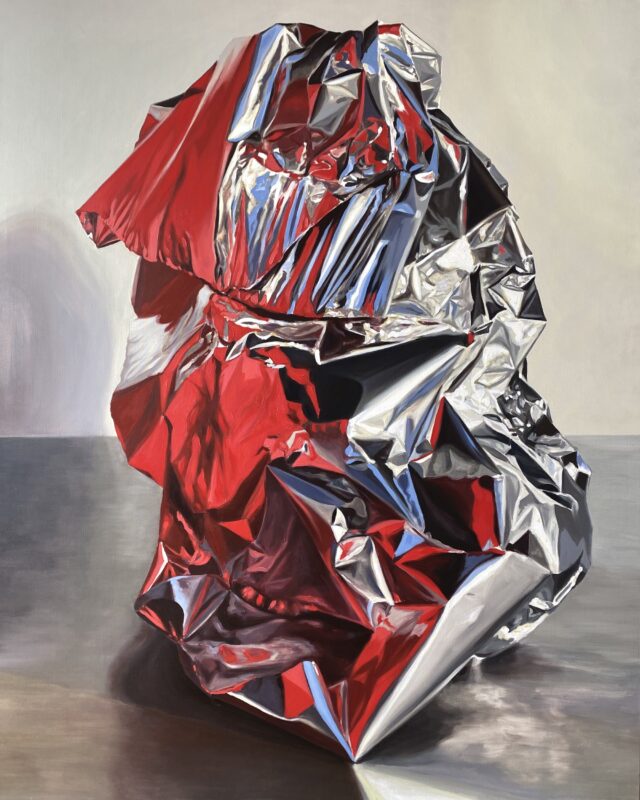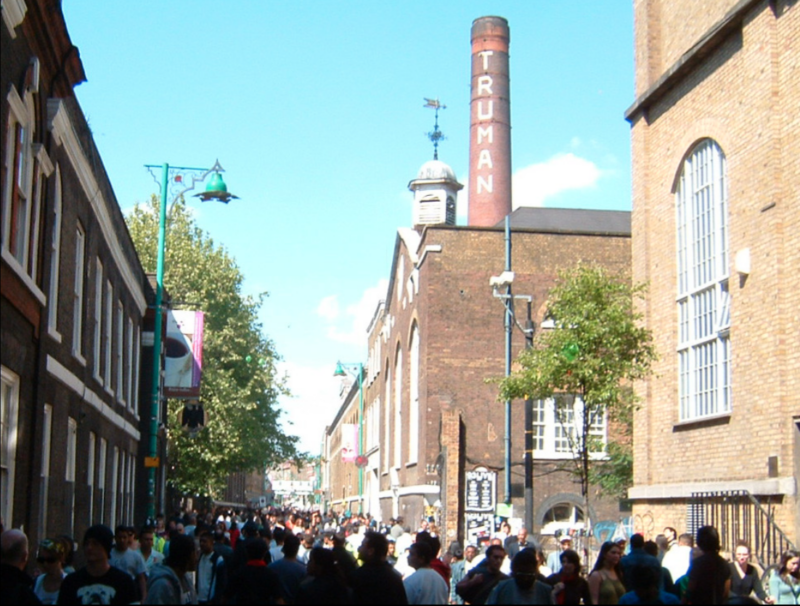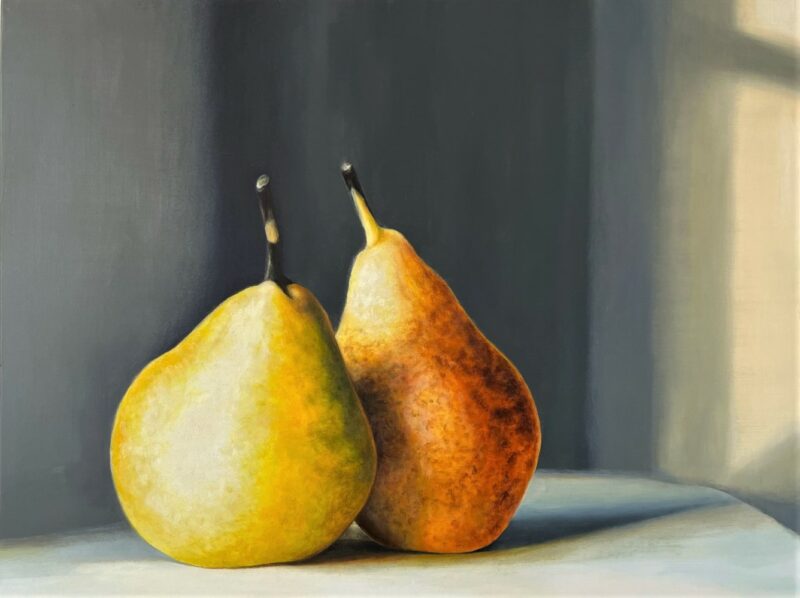TOUCH ME encouraged 51 artists to combat, ridicule and pacify the Covid-induced withdrawal of the sense of touch by physically interacting with their own artworks. Uncovering a wide variety of relationships between artist and creation, the exhibition’s works demonstrate performative potential and haptics to digitally cater to the touch-deprived viewer of 2020.
Was there ever a better time to outsource touch to a diverse research group of artists from around the globe? These staged encounters reside entirely on Instagram as well as three web pages and are accompanied by a YouTube playlist. Social Distancing: Level 100; Exhibition Funding: Level 0.
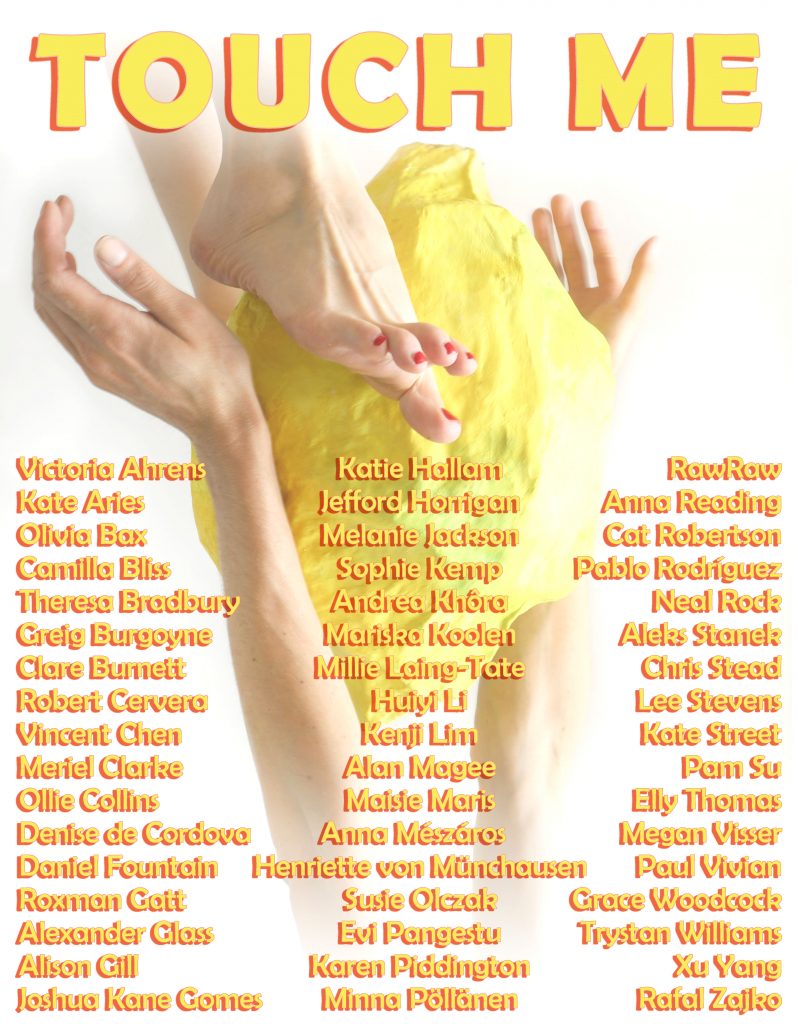
Curator Veronika Neukirch and featured artist, Aleks Stanek, discuss their thoughts on the exhibition.

“An aesthetic yet post-modern depiction of the burden of life, art, my creative genius, and this stupid wall – can someone relieve me please?”
Veronika Neukirch: Aleks, I loved the blurb you wrote for your contribution to TOUCH ME. Could you describe how it felt to go back to a finished piece from 2018 to recontextualise it via a performance?
Aleks Stanek: It was a lot of fun, and also quick and painless. I stress ‘painless’ because I tend to struggle through my work — internally and outwardly — so to be given a context within which to return to an older piece in TOUCH ME gave me the instant gratification which I usually deny myself. I approach my work with due seriousness, and myself as an artist, not seriously at all, so I think the blurb reflects that.
What I’m interested in on your part is how, with the emerging benefit of hindsight, would you describe your intentions behind curating the show. Is it a bit of a message in a bottle from the midst of the pandemic, or has it always had broader aims?
VN: As an artist, the haptic experience is a big part of my work, so the re-evaluation of touch was certainly on my mind. In lockdown, I had been thinking about adding new layers to my own artworks that go beyond material. Is the potential that I see in certain pieces visible to the viewer? How can this be communicated and how does it differ from artist to artist? The making process is already performative and involves touch. Evidently, this performative potential doesn’t stop at the art object’s completion.
Each artist’s performance in TOUCH ME focuses on this murky open-ended potential – in several cases ad absurdum. It also evens out categorical differences between creation and creator. Each featured exhibit thrusts the artist’s body towards objecthood, as it becomes part of a new flickering digital piece, whereas the art object is somewhat humanised, converted into a co-performer.
The limitations of lockdown made me choose the exhibition’s online format, which is restrictive in some ways but also freeing in others. The artists sent me their works via email, there was no exhibition space hire, and various theme tunes were added in effortlessly to set the tone. Humour is a big part of my practice and I wanted participating artists as well as viewers to have fun with it all.
How do sculpture, performance and humour bounce off each other in your practice?
AS: I’m glad you’ve mentioned absurdity, because while it’s not something I deliberately insert into my practice, it always shows up as a fundamental characteristic of its outcomes. I’m from an immigrant background, which is thought of as unique and interesting — which to an extent it is, but not for the usually suspected reasons. It is synonymous with a strong external pressure to succeed, and the inevitable outcome of that is a confrontation with failure. What I miss about pre-Covid times is not necessarily the broad accessibility of art making processes, but having the option to reject them in favour of continuing to seek better means to an end — or, sometimes, to not make anything at all. It’s what I call failure by choice; like your curation within the constraints of the pandemic, if it’s chosen then it ceases to fail.
I’m sure there’s a contingent of creatives and audiences who don’t particularly value or even look down on the use of humour, but all puns intended, the joke’s on them. Humour is a great weapon of ideological disarmament because people have a hard time insisting with a straight face that they don’t relate to a point you’ve made if it’s making them laugh.
VN: Yes, humour can be a powerful tool. With TOUCH ME, I was going for a light-hearted tone as opposed to a premeditated agenda of changing people’s mind on a specific topic. However, in a wider context, there is something to be said about being inviting to a wide range of audiences, and humour certainly facilitates this – possibly chipping away at the last boundary of art: exclusion.
AS: And speaking of boundaries, the wall started off as a materialisation of the ‘soft border’ of Northern Ireland where I grew up, and ended up starring in a short film I performed on the cliffs of Dover — an extended commentary on Western geopolitics. It’s made of the same squishy material as bed mattresses. I’ve actually progressed into a more lens-based practice over the last two years, but it’s one which remains quite sculptural, whether through scale or style, or the use of objects that I make to be used as props.
From my point of view as a participating artist, I can confirm that you’ve made the exhibition fun, for example, through playlists and audio-visual rooms.
How did you go about choosing, and sorting, the artists in this way?
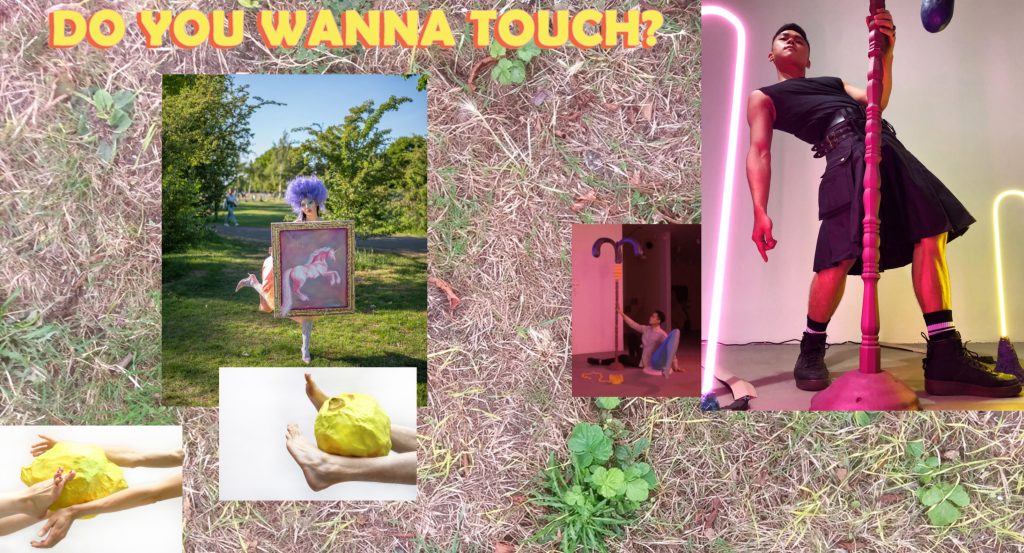
VN: I posted an open call on social media and CuratorSpace. The amount of responses was overwhelming. It meant I had to be rather picky, which I clearly wasn’t overly strict with, having chosen 51 artists. Admittedly, I got a little greedy. Balancing and connecting the works of early-, mid- and later-stage-career artists was also an important aim.
Each work had to stand in direct dialogues with at least two other works – this is how the rooms grew together. Each room was given a touchy theme tune and a background image to match. Since the PV was supposed to be in a field in Vauxhall and the show in general was mainly going to be viewed by people looking down onto their phones and tablets, I chose different types of London floors: spotty asphalt and battered park lawn, so the work could blend into the urban environment. It’s the crappiest low-tech version of augmented reality you’ve ever seen. One room ended up a little trippier…
How did you feel about the position of your contribution among the other works?
AS: I was chuffed to see my work in the grungiest and arguably weirdest of the audio-visual rooms. I found it very fitting.

VN: It certainly is the grungiest room. What is your next project going to be?
AS: I’m working towards a film featuring an immigrant Polish actor portraying a Polish immigrant, which says a lot about my relation to meta-narratives and performance in very few words.
What is next in the works for you, Veronika?
VN: After all this online curating, I can’t wait to get back to the studio to make my own work and put some insights from the TOUCH ME ‘research group’ into practice and branch out into new mediums. But having said that, ideas for another curatorial project have also emerged. As this will be an interactive performance event, it will have to wait until next year. ‘Stay tuned!’
TOUCH ME runs until the 15th of November, the desktop version can be viewed on www.veronikaneukirch.co.uk/touch-me and the phone version on www.instagram.com/touch_me_show .
@aleksstanek @veronika_neukirch

